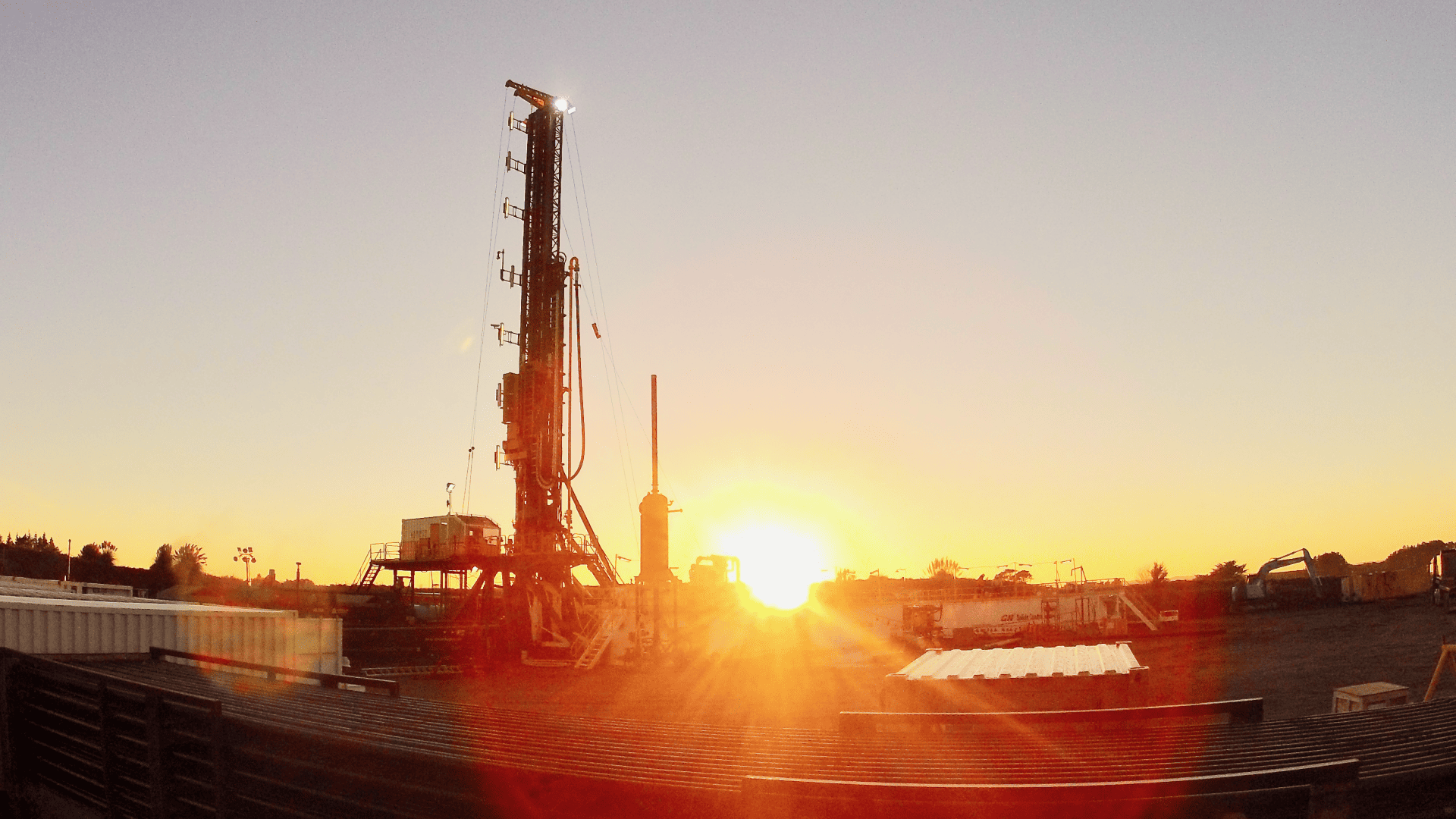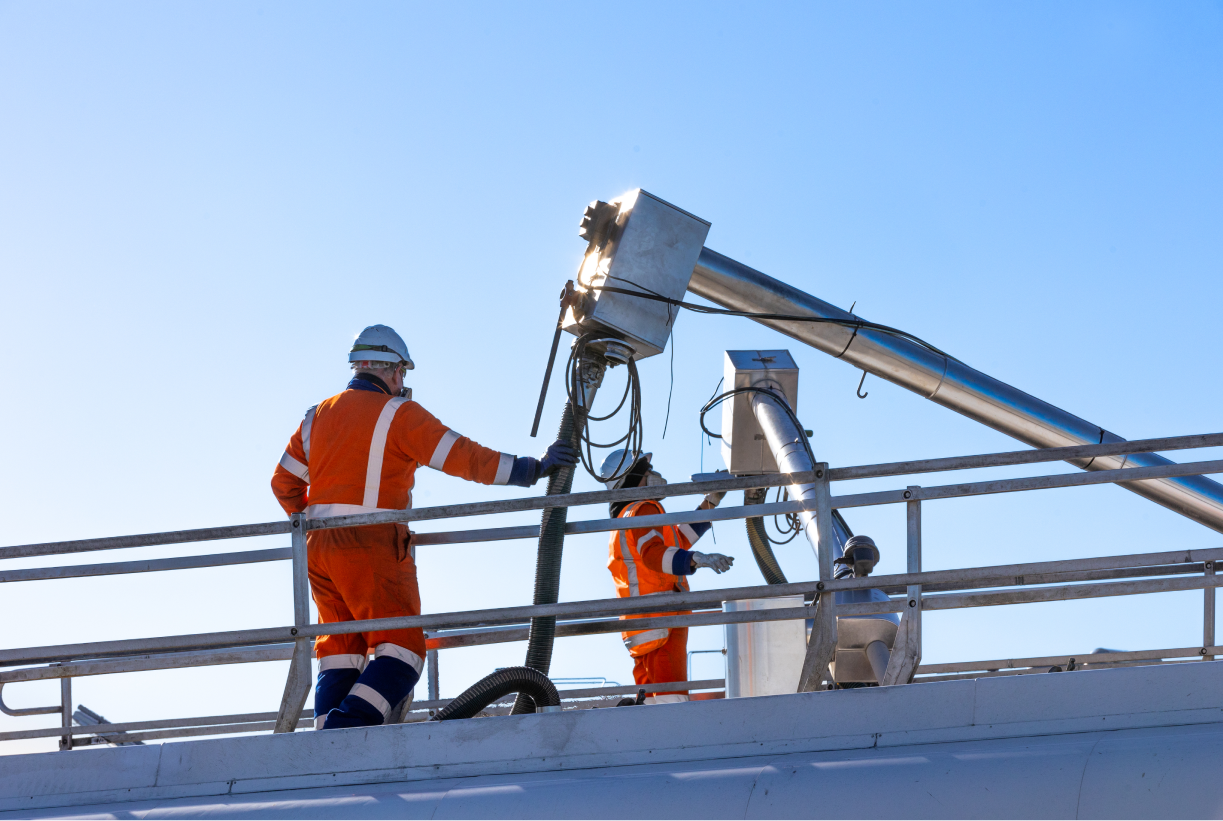Progressive Energy
As an independent energy company, Matahio’s success is built on its core values of integrity, resilience and collaboration.
Our accomplished leadership team draws on its experience from navigating other oil and gas companies through unique challenges. Now, against an evolving industry landscape, we’re charting Matahio’s path towards Progressive Energy.
Scroll through our stories to discover how Matahio is playing its part in shaping the future of energy.




